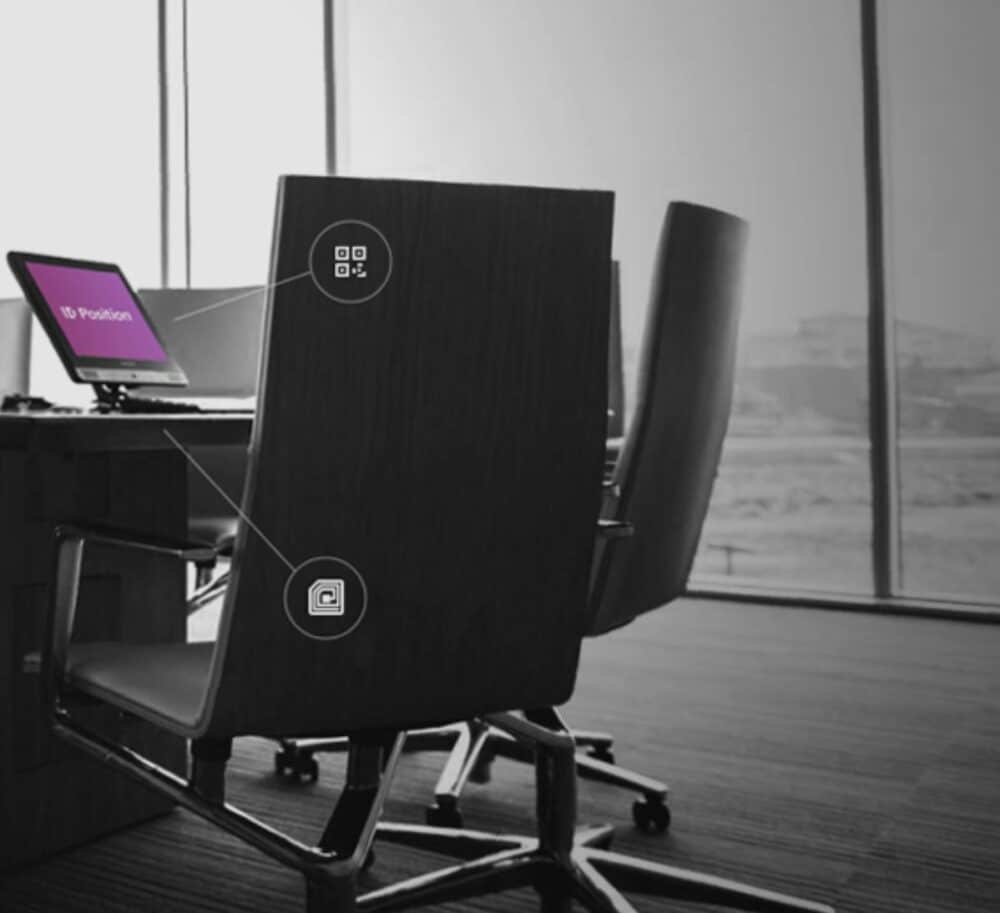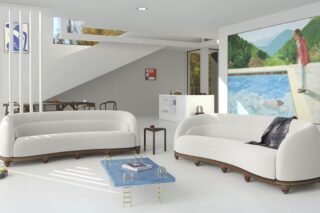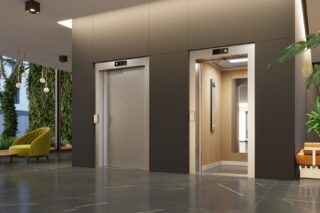In France, governmental legislation has significantly accelerated the shift towards sustainable office furniture by mandating reuse and eco-responsible practices.
In recent years, the shift toward eco-friendly office furniture has been significantly influenced by governmental legislation, a trend that gained momentum before the COVID-19 pandemic and has become more concrete post-pandemic. This shift has necessitated a transformation in how office furniture is distributed, sold, and perceived, moving beyond simple transactions to offering comprehensive, sustainable solutions.
Before the pandemic, there were already emerging regulations and initiatives aimed at promoting sustainability in office environments. However, the post-COVID era has seen these initiatives become more concrete and enforced. The pandemic highlighted the importance of sustainability, pushing both public and private sectors to rethink their approach to office furniture and its lifecycle.
AGEC Law and Its Impact
Sustainable furniture can be based on the reuse of existing furniture, second-hand furniture, and edited furniture. One of the pivotal pieces of legislation in this domain is the French Anti-Waste Law for a Circular Economy (AGEC), which mandates that 20% of public investments in office furniture must be allocated to reused or eco-responsible options. This law has set a precedent, influencing private companies to follow suit, even though they are not legally bound to the same requirements.
“While data regarding the different categories of sustainable furniture is quite recent, private companies have been advancing in this area since COVID. What is certain is that when we see clients for a development project, we mention the necessity of utilizing sustainable furniture,” Romain Vergne, director of the furniture sector at Quadrilatère, stated during a conference held by Quadrilatère on June 27.
The AGEC law has effectively compelled manufacturers and suppliers to include a significant proportion of sustainable furniture in their catalogs to remain competitive in the public procurement market.
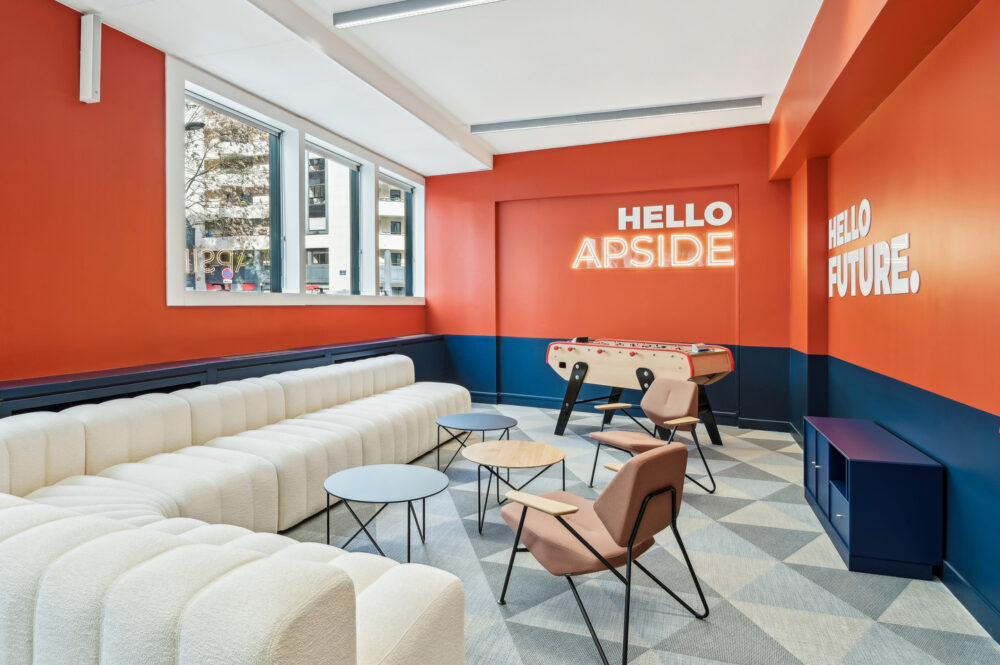

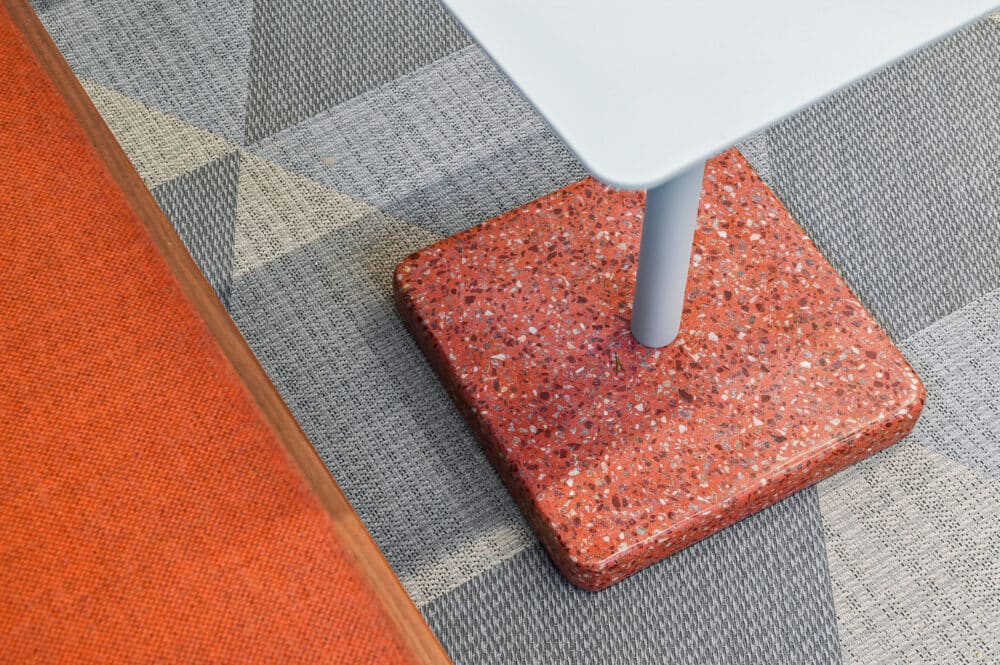
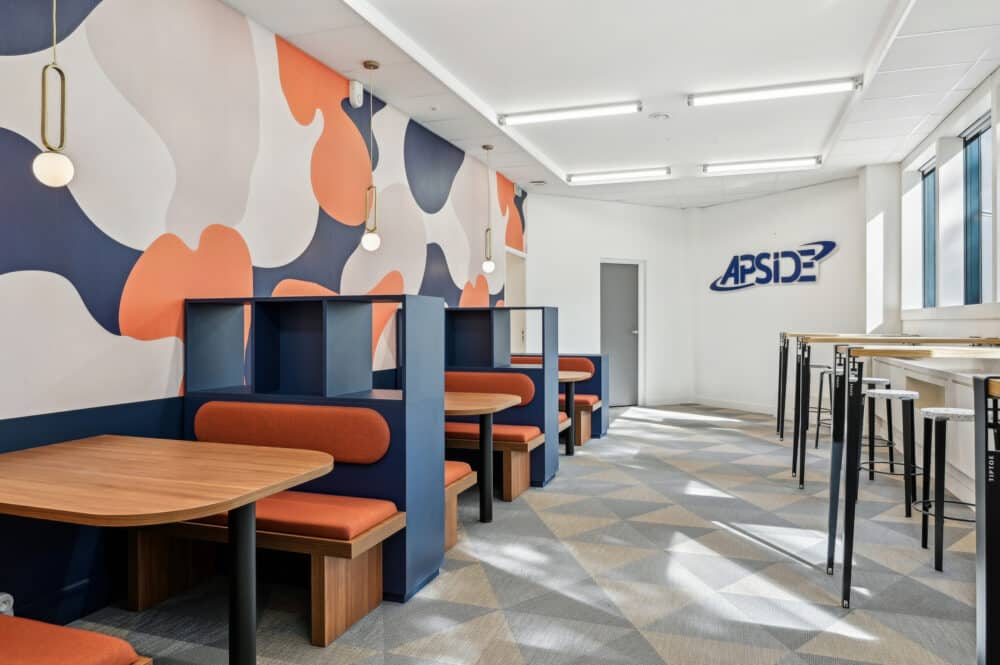
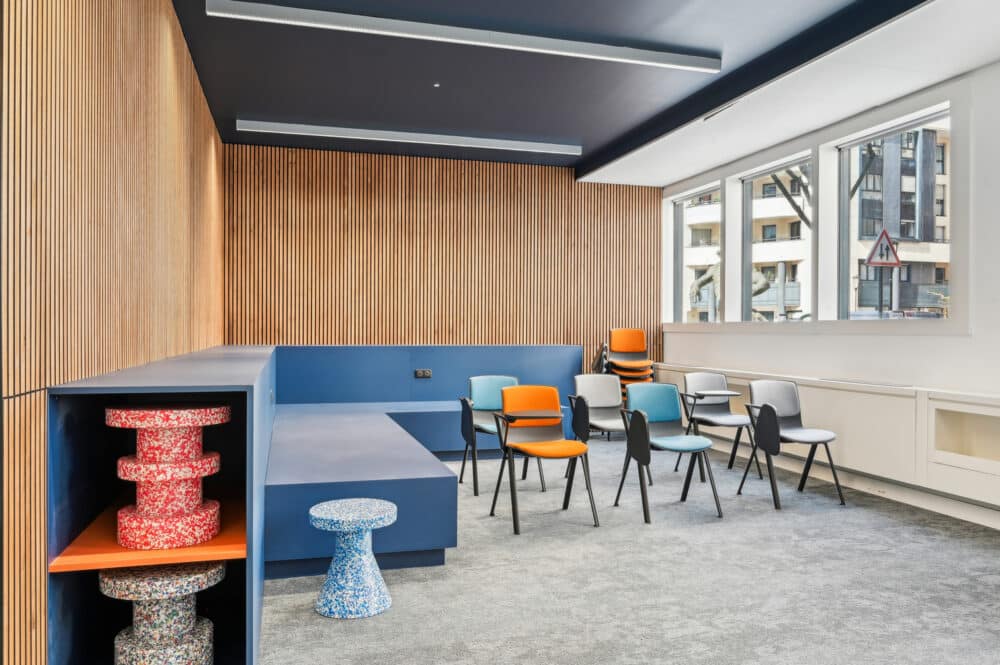
Sustainable Furniture: Definition and Perception
Sustainable furniture is characterized by its durability, adaptability, and minimal environmental impact. It can be moved across multiple locations, easily repaired with spare or reclaimed parts, and often made from recycled materials. Despite its benefits, the perception of sustainable furniture, particularly refurbished pieces, has been mixed. Initially, refurbished furniture was often seen as inferior or aesthetically compromised. However, this perception is gradually changing as quality and design improvements make these pieces more desirable.
“It is crucial to precisely control the furniture inventory, centralize and check its quality, and clean it or have merchants do so. Equally important is educating customers about the reconditioned furniture, ensuring deliveries are meticulous, and explaining that minor imperfections may exist due to previous use,” Martin Hallegouet, founder and director of Studio Bluedigo, stated during a conference held by Quadrilatère on June 27.
Since the pandemic, there has been a noticeable shift in corporate attitudes towards sustainability. Decision-makers and employees alike are more conscious of the environmental impact of their choices. Companies are now actively seeking eco-friendly solutions, not just for compliance but also as part of their corporate social responsibility (CSR) commitments. The importance of maintaining and reusing existing furniture is increasingly recognized, reducing waste and promoting a circular economy.
“It is something that will happen since it was supposed to begin in 2020, 2021, and 2022. Some people thought it might be necessary to limit the impacts on the European economy since the CSRD is a European law and it requires gradual implementation depending on the size of the companies. The major stakeholders in our current world are constrained starting in 2025 based on results from their activities in 2024,” Christophe Starke, co-fonder & associate of Mouvement Conseil & IDposition, stated during a conference held by Quadrilatère on June 27.
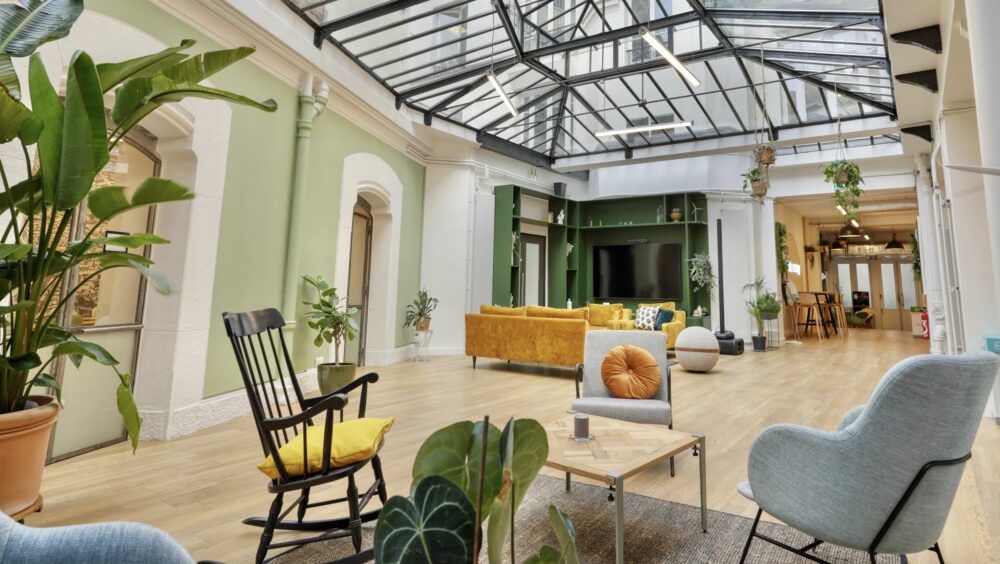
The transition to sustainable office furniture involves significant educational efforts to overcome preconceived notions about quality and aesthetics. Suppliers and manufacturers are tasked with demonstrating that refurbished and eco-friendly furniture can match or exceed the standards of new furniture. Industrial innovation plays a crucial role in this, as advanced techniques in recycling and refurbishing improve the quality and appearance of sustainable furniture.
“Our credo is to challenge preconceived notions about ecological, responsible, and virtuous products being of poor quality. We focus on the desirability to encourage the adoption of these practices,” Guillaume Galloy, co-founder of NOMA Editions, stated during a conference held by Quadrilatère on June 27.
“We can no longer design furniture as we did 10-20 years ago because today’s ecological considerations are essential. We must address customers’ fears and constraints, and we are committed to an ultra-quality approach. Sustainable furniture means durability, whether new or reused, and maintaining high quality through proper use and maintenance.”
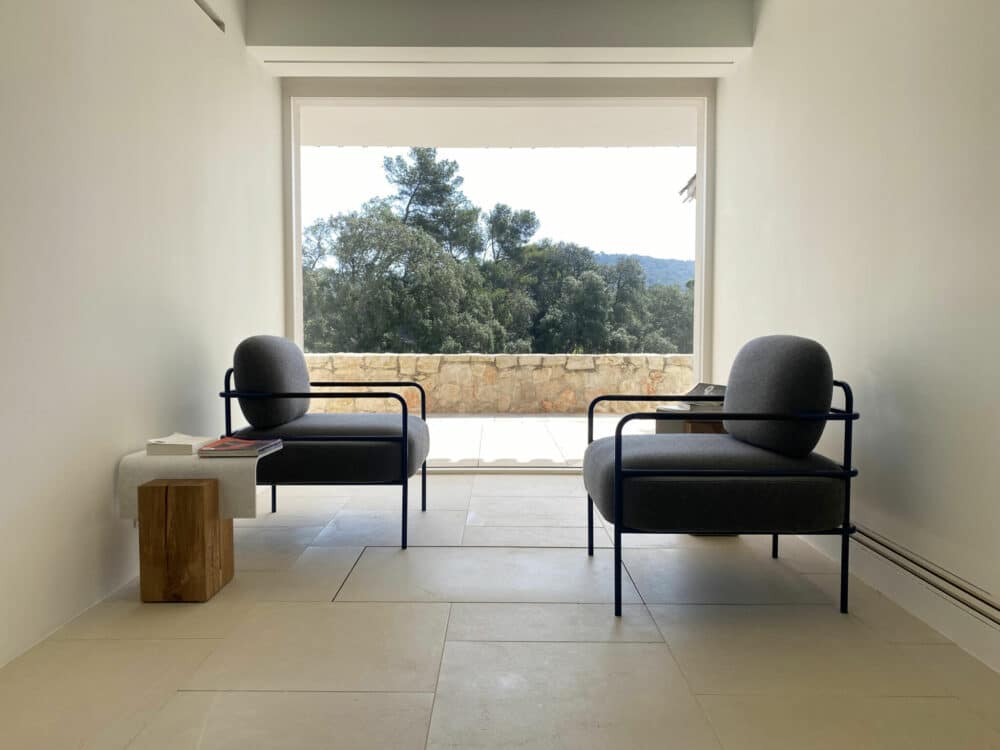
Traceability and Labeling
Ensuring the traceability of materials used in furniture is becoming crucial. Legislation and market demands are driving the development of systems to track the lifecycle of materials, ensuring that they can be reused efficiently and responsibly. This traceability is supported by labels and certifications that guarantee the sustainability of the products, providing transparency and building trust with consumers.
The market for sustainable office furniture is evolving rapidly, driven by legislative mandates, corporate policies, and growing environmental awareness among consumers. As companies increasingly integrate sustainable practices into their operations, the demand for durable, high-quality, and eco-friendly furniture is set to rise. This shift represents a significant step towards reducing the environmental footprint of office environments and promoting a circular economy.
Governmental legislation has been a catalyst in accelerating the adoption of sustainable office furniture. The move towards eco-friendly solutions is no longer optional but a necessary response to environmental, social, and economic pressures. This transformation is reshaping the office furniture industry, emphasizing durability, reusability, and minimal environmental impact as key criteria for modern workplaces.
